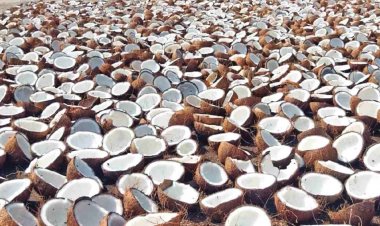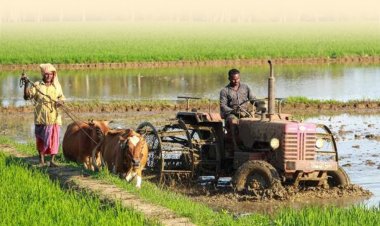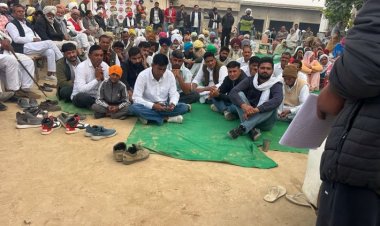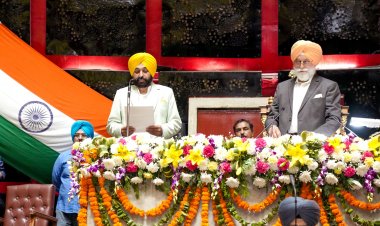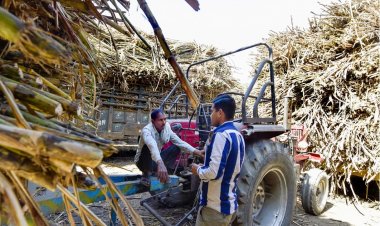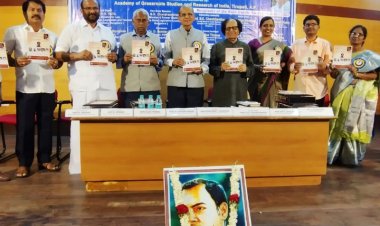Despite 4 percent national surplus, monsoon rains 3-34 percent below normal in punjab, haryana, and northeast
Despite the country receiving 4 percent more rainfall overall from June 1 to August 17, key agricultural regions like Punjab, Haryana, and Bihar face significant monsoon deficits, impacting crops. While Central and South India saw good rains, IMD forecasts more rain in August-September, but certain areas may still experience shortages
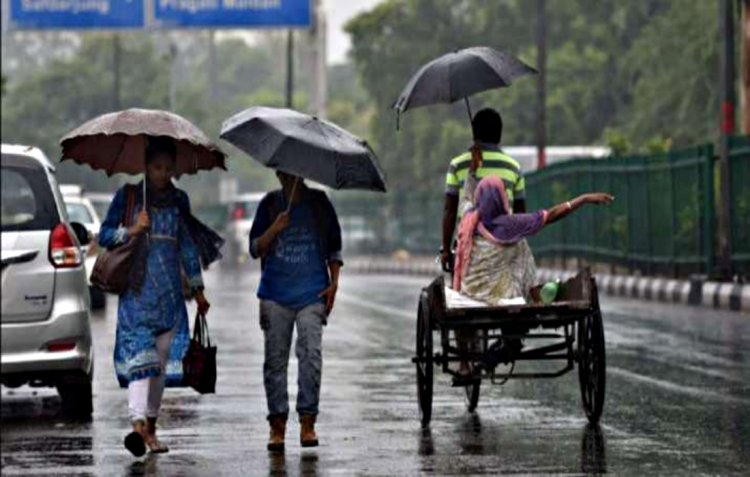
As the monsoon season advances, uneven rainfall across India has raised concerns, especially in key agricultural regions. Although the country overall received 4 percent more rainfall than usual from June 1 to August 17, crucial states like Punjab, Haryana, Himachal Pradesh, Bihar, Uttar Pradesh, and parts of Northeast India are facing rainfall shortages, which could adversely affect Kharif crop production and increase farming costs.
Rainfall Shortages in Punjab-Haryana, Bihar
Northwest India, which was facing a 5 percent rain deficit just 10 days ago, has seen a slight improvement. However, significant deficits remain across various regions. Punjab has experienced 34 percent less rainfall than normal, while Haryana, Chandigarh, and Delhi recorded a 15 percent shortfall. In Himachal Pradesh, rainfall is down by 21 percent, and Jammu & Kashmir and Ladakh saw a 28 percent deficit. Western and Eastern Uttar Pradesh reported 7 percent and 13 percent less rainfall, respectively, while Uttarakhand experienced a 3 percent shortfall.
Monsoon Worries in East and Northeast India
East and Northeast India are among the worst-hit regions. Arunachal Pradesh has received 16 percent less rainfall, while the Manipur-Nagaland-Tripura belt has seen a 24 percent deficit. Gangetic West Bengal recorded a 22 percent shortfall, and Bihar has been hit particularly hard with 25 percent less rain than expected. In Assam, the deficit stands at 5 percent.
Better Conditions in Central and Southern India
Contrary to the challenges in the north and east, Central and South India have experienced good monsoon conditions. Central India has received 11 percent more rainfall than usual up to August 17, while South India recorded 21 percent excess rainfall.
In many regions, farmers still rely heavily on rainwater for irrigation. The uneven distribution of monsoon rains has added to their difficulties, especially in areas that are experiencing prolonged dry spells. While the monsoon began well in Central and South India, its slowdown in the northern and northeastern regions is now affecting crop production and the livelihoods of farmers.
IMD Predicts Increased Rainfall in August-September
The Indian Meteorological Department (IMD) has forecast above-normal rainfall for the remaining monsoon months of August and September. Favorable La Niña conditions are expected to develop by the end of August, potentially boosting monsoon activity. However, the IMD also cautions that certain regions, particularly the western Himalayan area and parts of the Northeast, may still see below-normal rainfall in the latter half of the monsoon season.
As the monsoon progresses into its final stages, the impact of these rainfall patterns on the country's agriculture and water resources remains a critical concern, especially in rain-dependent regions.



 Join the RuralVoice whatsapp group
Join the RuralVoice whatsapp group

















